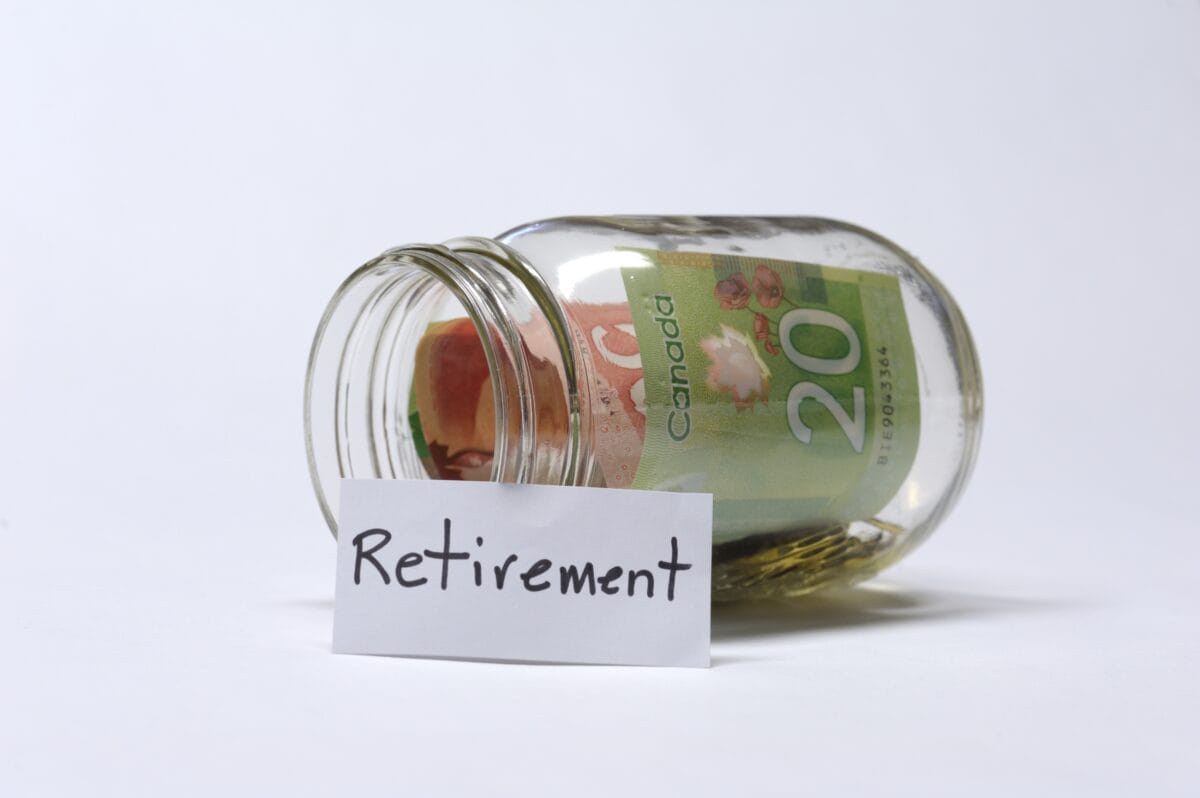In 2024, the maximum Canada Pension Plan (CPP) benefit for those who begin receiving it at age 65 is $1,364.60 per month. However, not many Canadians actually receive it. In fact, the average monthly payment for new retirees is much lower, at around $758.32. To qualify for the maximum benefit, a person must have contributed to CPP for at least 39 years at the maximum contribution level. And this is quite a tall order. So, while the maximum benefit sounds great in theory, only a small percentage of Canadians are able to meet the criteria to receive it.
With that in mind, today let’s look at ways to increase those payouts – pumping them up to make the most of your CPP.
Delay, delay, delay
Delaying your CPP benefits until age 70 can significantly increase your retirement income, and the numbers make a compelling case. If you start taking CPP at the standard age of 65, you’ll receive up to $1,364.60 per month in 2024. However, for every month you delay past 65, your payments increase by 0.7%. This means that by waiting until age 70, your monthly CPP benefit would rise by a substantial 42%, bringing your payments up to about $1,937.73 per month.
The math behind this increase is straightforward but powerful. Over a year, instead of receiving $16,375.20 at age 65, you could be looking at $23,252.76 annually if you delay until 70. That’s nearly $7,000 more each year, which can make a big difference in your financial security during retirement. Of course, delaying CPP requires some financial planning to bridge the gap between 65 and 70, but if you can swing it, the long-term benefits are certainly worth considering.
“Drop out”
The “drop-out” provisions in CPP are a handy feature that allows Canadians to exclude certain low-earning or zero-earning years from the calculation of their CPP benefits. This can lead to a higher monthly payment. These provisions are particularly beneficial for those who had periods of low income, such as during child-rearing years or times of unemployment. By dropping out up to eight years of your lowest earnings, CPP calculates your average earnings based on your best earning years. This boosts the overall benefit amount you’ll receive.
To see how this works in numbers, imagine you had eight years with no earnings or very low earnings, which might drag down your CPP average. If you didn’t use the drop-out provision, those low-income years would lower your average earnings, resulting in smaller monthly CPP payments. By applying the drop-out provision, those years are removed from the calculation, meaning your CPP is based on a higher average income. For example, if your earnings over your career averaged $60,000 but you had several years with no income, using the drop-out provision could maintain that $60,000 average rather than lowering it to, say, $50,000, ultimately leading to a higher monthly benefit.
Invest safely
Combining smart CPP strategies, like delaying benefits and using drop-out provisions, with investing can significantly enhance your retirement income. While these CPP strategies help you maximize your government benefits, investing in something like the iShares Canadian Financial Monthly Income ETF Common Class (TSX:FIE) can provide an additional stream of income that complements your CPP.
The FIE exchange traded fund (ETF), which tracks financial services stocks, has a solid yield of 6.5%. This means it pays out regular income that can help cover your expenses while your CPP benefits continue to grow if you delay them. Plus, with a strong year-to-date total return of 15.5%, it has the potential to boost your retirement portfolio even further.
The FIE ETF also offers some attractive numbers that make it a good option for retirees looking to generate income. With a recent close at $7.55 and a 52-week range from $5.93 to $7.60, it’s currently at the higher end of its price range, indicating strong performance. The fund has net assets of $1 billion and a low expense ratio, meaning more of your investment returns stay in your pocket. Additionally, its Price/Earnings (P/E) ratio of 9 suggests it’s relatively undervalued compared to the broader market. By investing in FIE ETF alongside your CPP strategies, you create a diversified income stream that can help ensure a more comfortable and financially secure retirement.








